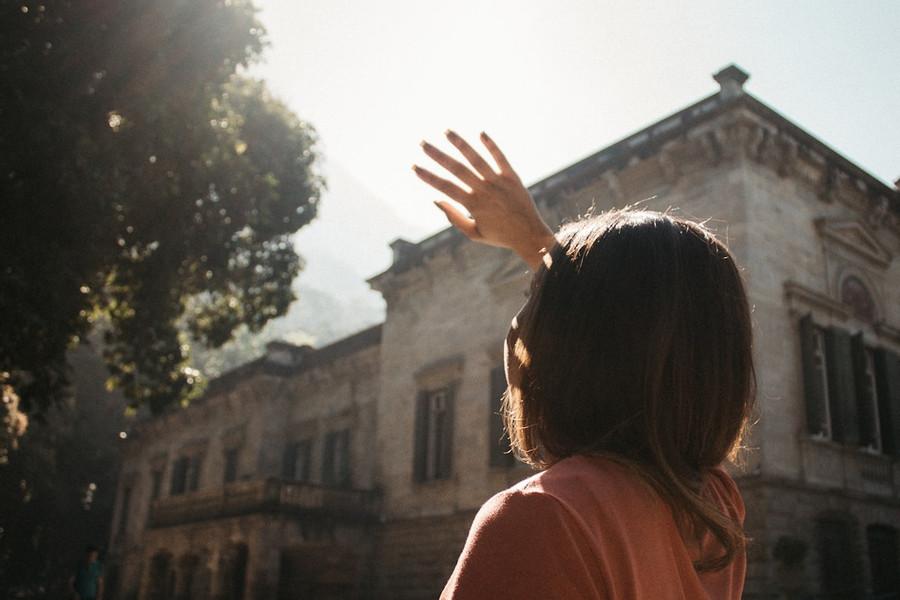Explore the World's Best Ideas
Join today and uncover 100+ curated journeys from 50+ topics. Unlock access to our mobile app with extensive features.
Having a good sleep
- You should try and get really good sleep 80% of the time (80% of the nights of your life)
- Sleep is the fundamental practice or part of our 24-hour cycle; if you don't get it on a consistent basis, you are down-regulating your ability to do everything: metabolism is screwed up, the immune system is screwed up, etc.
- However, it is not the case if you get one night's bad sleep or if you're not sleeping perfectly that you can't perform well.
382
6.83K reads
Natural light exposure
Try and get some natural light in your eyes within an hour of waking up.
If you wake up before the sun, turn on bright lights and then get sunlight in your eyes once it comes out.
If there are clouds, there are still more photons of light energy coming through them than there are coming from artificial lights, so try and get five to ten minutes without sunglasses outside in the morning once the sun is out.
388
5.65K reads
Effect of natural light early in the day
- it modulates the timing of the cortisol pulse: once every 24 hours, you're going to get a boost in cortisol. It's a healthy boost, it sets your temperature rhythm in motion, and it sets your level of alertness, focus, and mood.
- you want that cortisol pulse to happen as early in the day. When this pulse comes in the afternoon, your temperature rhythm is going to be shifted late and that's actually a signature of depression and anxiety and difficulty falling asleep.
- when you don't get that light until a few hours later, everything is shifted and you will find it difficult to fall asleep at nig
ht.
390
4.87K reads
Bright light from electronic devices
You can get bright light from electronic devices early in the day but it's not enough. You need photons from sunlight
- If you live in Scandinavia, or in the depths of winter, don't buy an expensive daytime simulator, get one of these led light boxes for drawing they're very inexpensive in comparison;
- put that on your desk and just look at that thing for a few minutes in the morning. It's not as good, but better than being in the darkness; then when the sun's out getting outside.
- in winter, you want to go through every bit of effort to double or triple the amount of time that you're spending o
utside in the morning, so instead of 10 minutes make it 30 minutes.
347
4.26K reads
The main role of dopamine
Dopamine's main role in the brain and body is to drive motivation, craving, and pursuit.
It is not the molecule of pleasure, it is the molecule of drive. It is life force.
411
5.15K reads
Caffeine and exercise
They both clear out the adenosine from our bodies.
Delay the intake of caffeine by 60 to 90 minutes after waking, and allow the adenosine to be cleared out of your system (it's not only cleared out In sleep, it's also cleared out in that kind of sleepy state of early morning). The other thing that clears it out - is exercise.
The longer we are awake the longer the buildup of something called adenosine in the brain and body; adenosine turns on the parasympathetic nervous system and suppresses the sympathetic nervous system. When we sleep adenosine is pushed back down. Caffeine effectively, thr
385
4.56K reads
Temperature and the cortisol pulse
- If you're waking up naturally, without an alarm, that means that your temperature is starting to rise at that time that's why you wake up.
- that temperature increase triggers that cortisol release now and that's why some people wake up right before their alarm clock it's this cortisol pulse.
You wake up because of an increase in core body temperature, and that increase in core body temperature triggers that increase in cortisol; the clocks of your body are matched to this cortisol pulse so viewing bright light in the morning anchors it (so it happens every day around the same time).
365
4.07K reads
Keeping a cool sleeping temperature in the room
Sometime around 2-3 PM, you're going to hit your temperature maximum: you might feel a little sleepy at that time but that's actually the time in which your gut your all your systems are kind of revving at the maximum capacity.
Then it's going to start to drop and that drop in temperature eventually will be a full one to 3 degrees below what your temperature maximum is and that's when you're going to get sleepy and fall asleep. This is why it's important to keep the room cool at night to fall asleep.
352
4.02K reads
Cold water
The goal is to increase body temperature in order to be awake and to decrease the body temperature in order to be asleep.
Exercising will increase body temperature, somewhat paradoxically getting into a cold shower or cold water is going to increase it.
365
5.06K reads
IDEAS CURATED BY
Laila 's ideas are part of this journey:
Learn more about habits with this collection
How to improvise with ingredients
How to follow a recipe
How to prepare ingredients
Related collections
Similar ideas
13 ideas
10 ideas
9 ideas
Read & Learn
20x Faster
without
deepstash
with
deepstash
with
deepstash
Personalized microlearning
—
100+ Learning Journeys
—
Access to 200,000+ ideas
—
Access to the mobile app
—
Unlimited idea saving
—
—
Unlimited history
—
—
Unlimited listening to ideas
—
—
Downloading & offline access
—
—
Supercharge your mind with one idea per day
Enter your email and spend 1 minute every day to learn something new.
I agree to receive email updates









